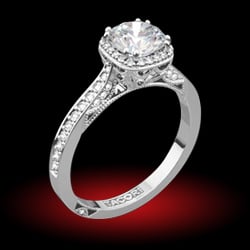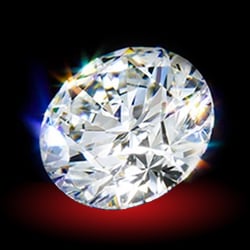northstar_78
Shiny_Rock
- Joined
- Dec 20, 2004
- Messages
- 173
I''m looking for an emerald cut or rectangular cushion or pear stone for a right hand ring. Being me, and based on my budget, I went to ebay.com. There are a lot of nice stones out there...pretty open color wise. I do love greens though but I keep hearing that emeralds are "soft" and for me that wouldn''t work as I would like to wear the ring every day.
Most of the stones that I liked were heated. How is this done? Is this done only on the commercial level or are there individuals out there who do it? The one stone I did like had a lovely color, shape and good size for my small fingers but it dd have some clarity problems. They appeared to be feathers, and clouds. I emailed the seller to see if that''s all.
Could heating it remove those flaws? Where could an individual consumer go to have this done?
On another note; help me find a lovely green stone harder than emeralds!
Most of the stones that I liked were heated. How is this done? Is this done only on the commercial level or are there individuals out there who do it? The one stone I did like had a lovely color, shape and good size for my small fingers but it dd have some clarity problems. They appeared to be feathers, and clouds. I emailed the seller to see if that''s all.
Could heating it remove those flaws? Where could an individual consumer go to have this done?
On another note; help me find a lovely green stone harder than emeralds!








300x240.png)